Clock Cottage
A gardener saved a beloved clock face from destruction by building it into a wall outside his house.
This old clock face was saved from its destruction in support of the war effort by the gardener at the “big house.” But the clock only shows the correct time twice every 24 hours, as the mechanism that powered it was not transferred with the clock face.
In 1939 and 1940 the ornamental gardens at the ancestral home of the Pole family, Park Hall in Spinkhill, England, were converted to food production in response to wartime shortages. All the extravagant features were removed from the garden, including a large clock. Not wishing to see the historic clock disappear altogether, the gardener rescued the clock face and built it into the wall of his cottage which has, since then, become known as Clock Cottage. In the 1960s the clock still had its original paintwork, but it has recently been scrubbed of all the paint and the wall has been rebuilt.
The Pole family, who originally owned the clock, was very prominent in the fight for Catholic emancipation in England. Even earlier, several members of the family were executed for their faith by King Henry VIII. Their former estate, Park Hall, is now a private residence. In the 1960s it was a hotel. The Beatles stayed there when they appeared at Sheffield City Hall. In the early 1800s the house was regularly visited by the poet Lord Byron, whose brother Geoge had married a member of the Pole family.
The village of Spinkhill has a lot of other interesting features, many of which trace back to its religious roots. Its links to Catholicism are so great that it is sometimes called “the village that missed the Reformation.”


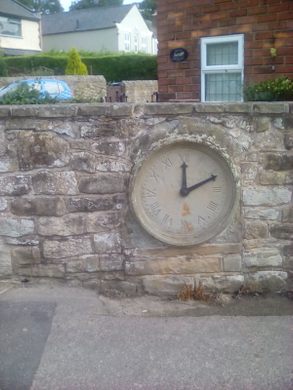
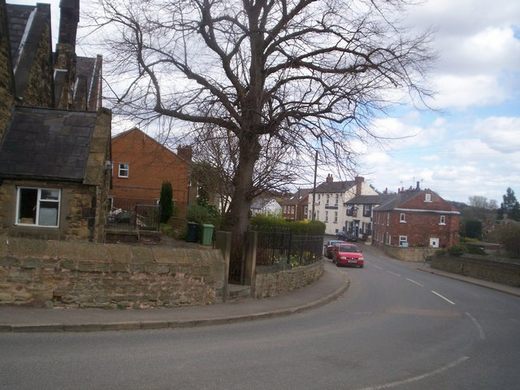



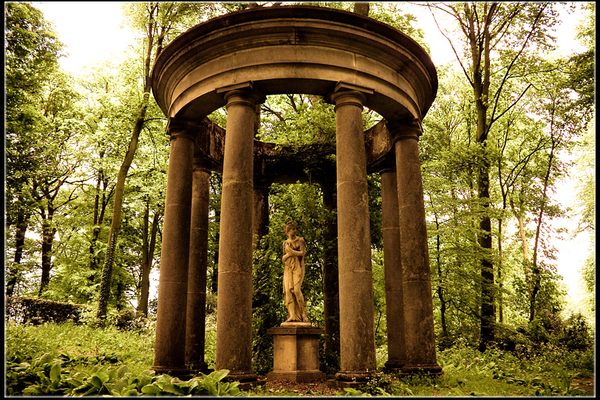
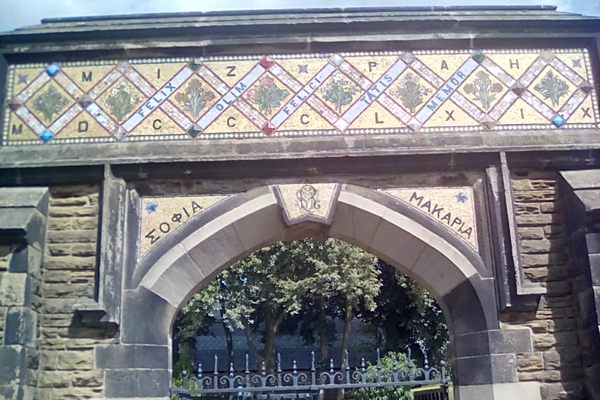

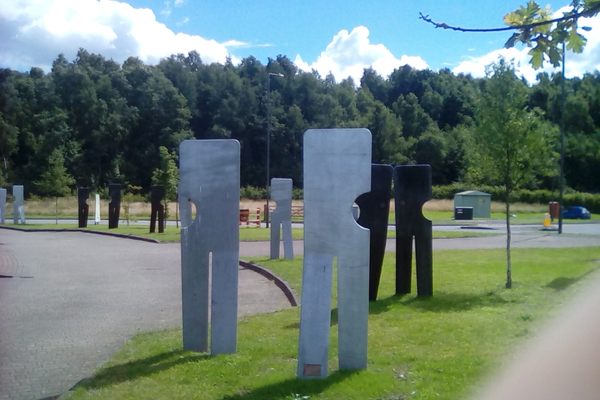
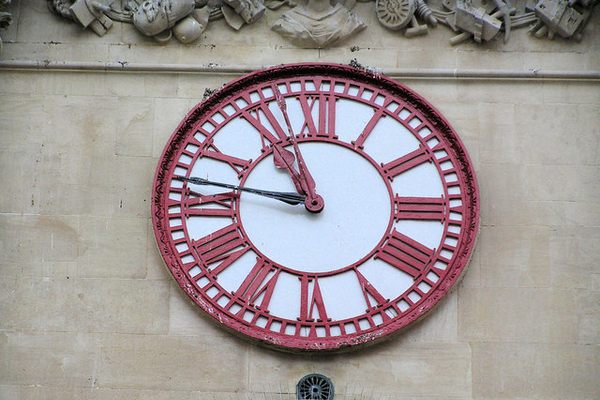

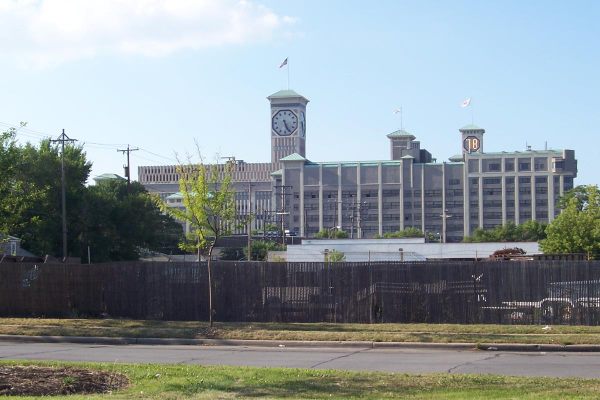
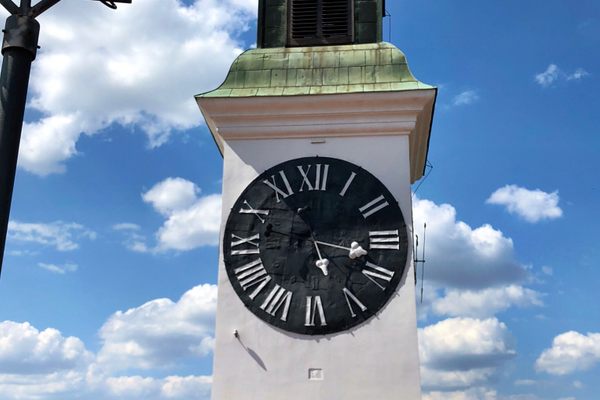

Follow us on Twitter to get the latest on the world's hidden wonders.
Like us on Facebook to get the latest on the world's hidden wonders.
Follow us on Twitter Like us on Facebook